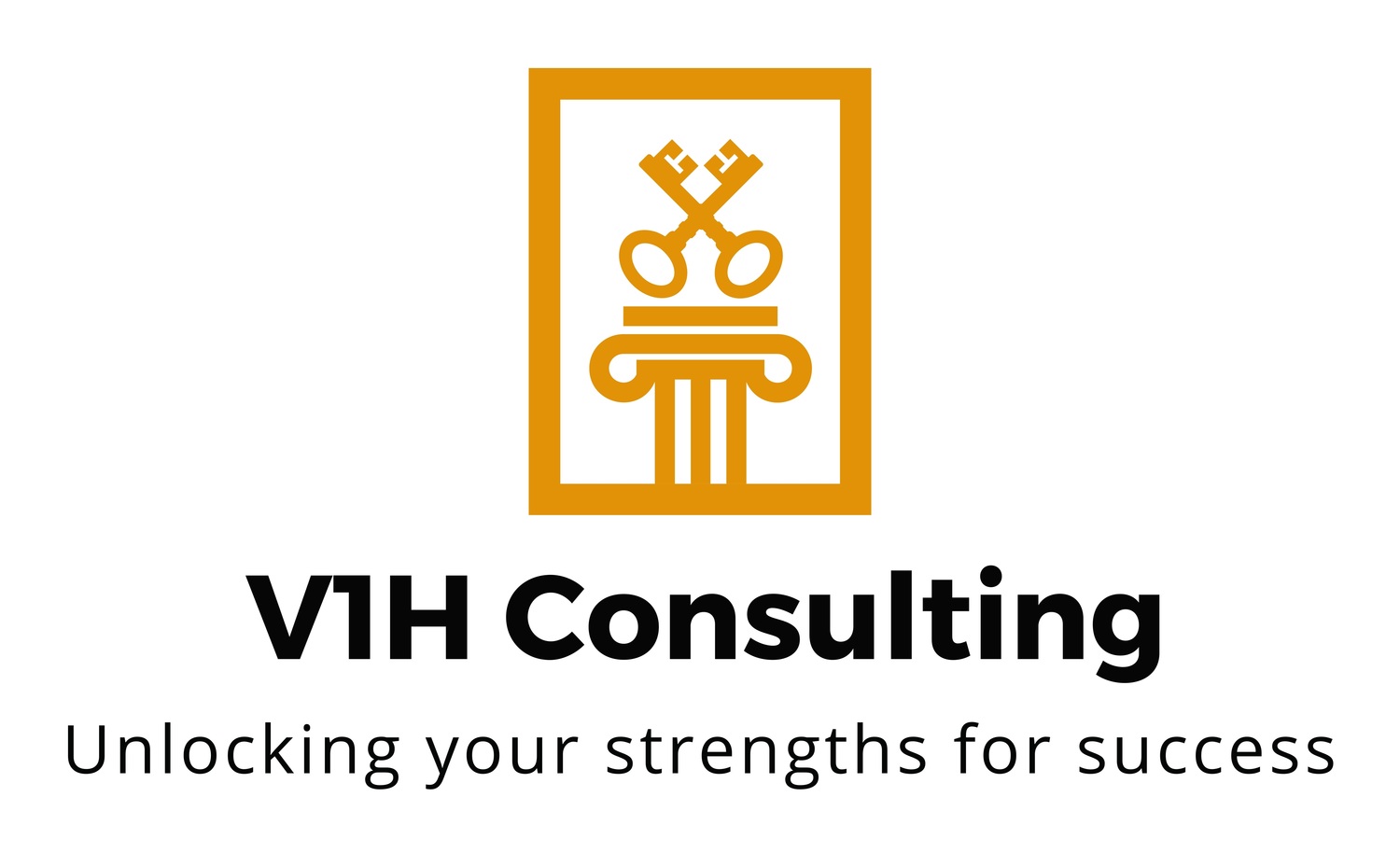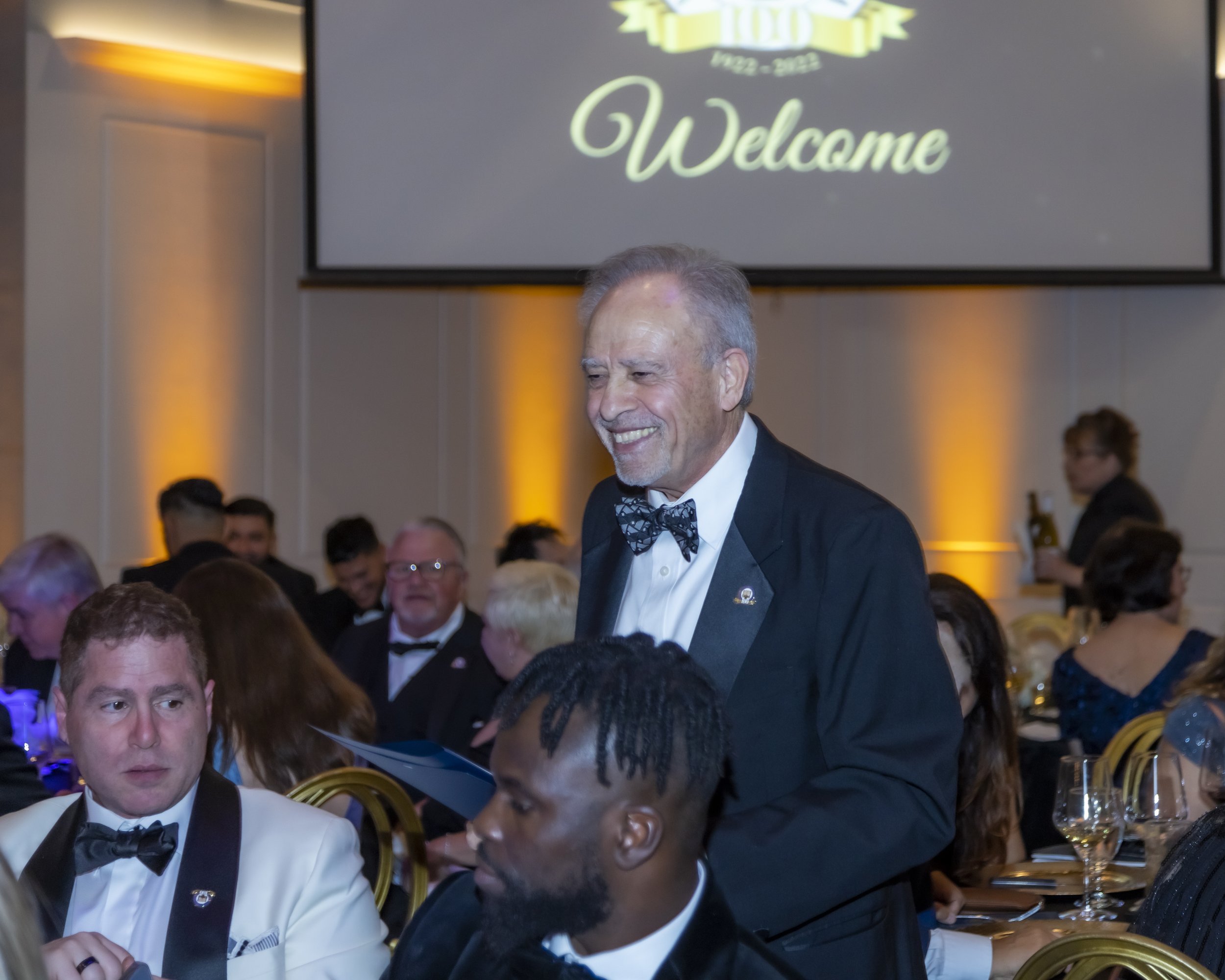As I reflect on my years working as a manager in the public sector, I recall that I engaged in many alternatives to improve staff performance and find new, more effective, ways of accomplishing my goals. Often times these improvements included enhanced training, one-on-one coaching and employing new management techniques. While I experienced varying results, I knew that at the core of my successes was my ability to understand my staff’s needs and my proficiency in maximizing their potential.
Consequently, I was compelled to understand the challenges that other managers in the field faced while administering their respective programs and task. Over time, it became obvious that these managers sought out different ways to address issues relative to organizational change, staff engagement, strategic planning and other workplace issues. I began looking at how organizations cope with internal staff development challenges. To this end, I sought out a long time manager that worked diligently to overcome challenges related to management and workforce issues.
Douglas Lee has been a manger for over 25 years. In his most recent position, he served as the Administrator for the Building Systems and Fleet Management Division for the City of Pasadena, CA. In this capacity, he was responsible for more than 130 staff that maintained over 80 buildings and almost 1000 vehicles. The division included disciplines, such as, carpentry, painting, plumbing, electrical, HVAC systems and vehicle maintenance. Prior to taking this position, Douglas worked in a higher learning academic environment where the culture was very team oriented and focused on using cutting edge approaches to workforce development. When he took the position in Pasadena, he discovered a very different situation. He found a culture where staff did not operate in a climate that promoted shared common goals and the concept of teamwork was lacking. He observed that training opportunities were woefully inadequate which diminished his ability to develop a consistent culture. His challenges to make reforms centered on motivation, employee engagement and building a cohesive team environment.
In an effort to tackle these problems, Douglas instituted an innovative program that included the use of PHD candidates to provide professional development to his staff. After engaging in the pilot program for 6 months, the results were indecisive. The staff did not respond to the trainings being provided and they didn’t respect the approach being used. In my experiences, it is often futile to try forcing employees into a new paradigm when the focus places the blame on the employees for the ills the organization is facing. The problems are usually more systemic and not directly related to employee deficiencies.
After receiving additional progress reports, data showed that the program was not accomplishing its objectives. The consultants concluded after several assessments a better approach would be to provide Douglas with executive training focused on strengthening his own weaknesses. They believed that the solution was to fix “him” as the way to solve the problems in the division.
For another 6 months, the consultants focused on fixing Douglas’ deficiencies. At the end of the contracted period, they reassessed the situation and determined --- yes, you guessed it – that Douglas still showed weaknesses in the same areas. In the same way, Douglas saw that the first 6 months were not productive as they sought to focus on his employee’s weaknesses, they were equally unsuccessful when trying to fix his own. He determined that “if weaknesses could be fixed, then they would not be weaknesses”. Also, he saw how his staff “shut down” when he tried to correct weaknesses in their performance because they saw this as being “set up to fail”. After a year, the consultants’ contract was not renewed and Douglas forged ahead on his own with his agenda to reform the division.
Determined to find a way to implement meaningful changes, Douglas decided to take a different approach. He resolved to proceed with caution realizing history and context were very important factors in his ability to move forward. What Douglas intuitively knew, and that isn’t always every leader’s perspective, was that making these type of changes too quickly can have an adverse effect and end up alienating staff. Also, because of the enormously diverse responsibilities of the division, Douglas knew that he could not realistically be intimately familiar with all of the different types of jobs that his division was responsible for accomplishing. He had to depend on the special expertise the staff possessed and he relied on their input to make decisions. His staff, too, began to see that they could trust in his abilities to get things done and they could work together to achieve mutual goals when they each emphasized their own strengths as complements to each other.
Employing new strategies, Douglas began to accentuate the unique skills and qualities of his staff. He started focusing on the strengths of his employees. He developed an environment where individuals and teams were comfortable discussing strengths (and their weaknesses too). Staff were encouraged to take advantage of and appreciate their strengths and the strengths of their coworkers. He put them in positions that allowed them to succeed in the areas they excelled.
What I discovered is that Douglas and the City of Pasadena are not alone. There are many organizations, private or public, for profit or non-profit that struggle to find the right path to maximize employee engagement, create effective teams and increase productivity. This always starts with good leadership. John Timmerman, vice president of operations for the Ritz-Carlton, says “employee engagement measurements are a barometer of leadership effectiveness.”
While there were a few stumbles along the way, Douglas had found a path that lead him to achieving his goals. However, in retrospect, he lamented that while he was successful, he could have done much more had he had a structure in place that would have allowed him to channel his efforts in a more definitive fashion. Ultimately, he was pleased that through determination and fortitude, he discovered a path to success through “finding strengths”.
As leaders, executives, managers and supervisors our ultimate goal is to build healthy, effective and prosperous organizations. In this case, the lesson learned is that an organizational turnaround can be one of the ultimate test of crisis management. In many cases the very existence of an organization can be at stake, requiring leaders and employees to work together to effectively execute change. The good news is that with hard work, full commitment and the right attitude you and your employees can produce a real difference and make the turnaround a reality. Therefore, seeking training, coaching or consulting to implement a strengths based culture driven organization can smooth out your path to success.










